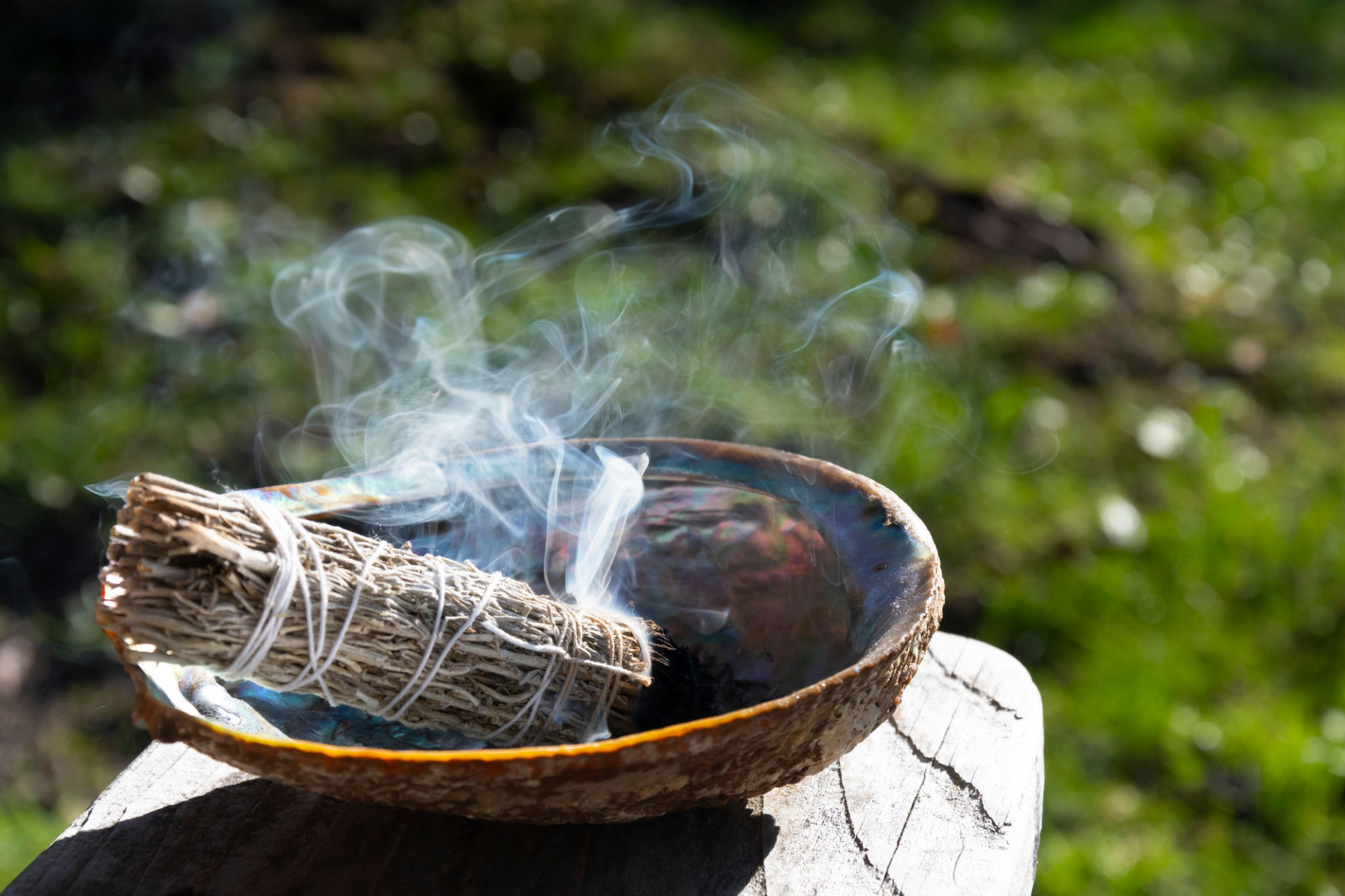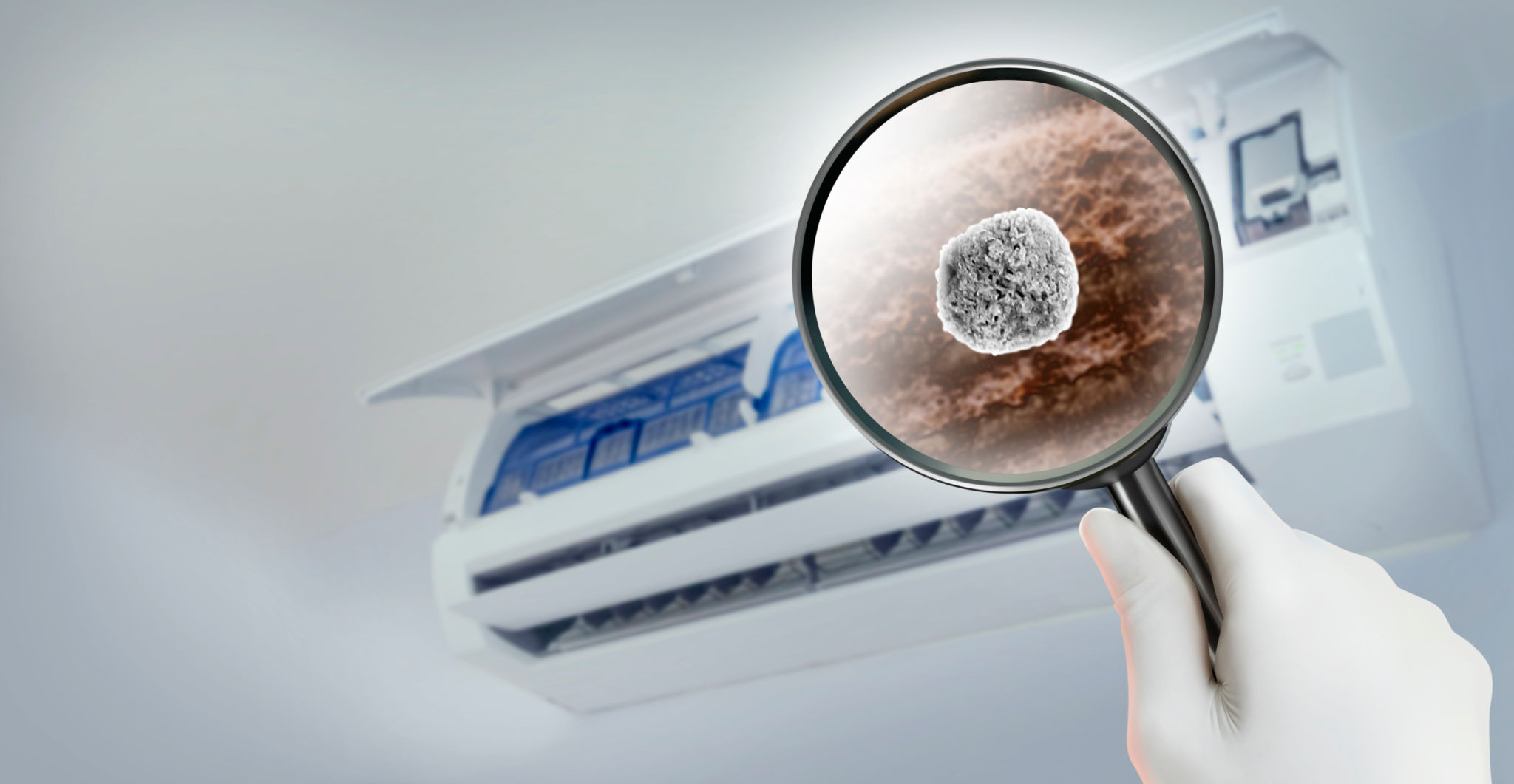The Science Behind Sage Smudging: Does It Really Cleanse Your Space?
Understanding Sage Smudging
Sage smudging, an ancient practice rooted in Native American traditions, involves burning sage leaves to cleanse a space of negative energy. This ritual has gained popularity in modern times, with many people adopting it as a means to purify their homes and promote a sense of well-being. But what is the science behind this practice, and does it really work?

The Chemistry of Sage Smoke
When sage is burned, it releases various compounds into the air. One of the primary components is thujone, a compound that can have mild psychoactive effects. Additionally, sage smoke contains a variety of other chemicals, including camphor, borneol, and cineole, which are known for their antimicrobial properties. These compounds can help reduce the presence of bacteria and fungi in the air, potentially leading to a cleaner environment.
Scientific studies have shown that burning sage can reduce airborne bacteria by up to 94%. This suggests that there is some merit to the idea that sage smudging can cleanse a space, at least from a microbial standpoint. However, it's important to note that while sage smoke can reduce certain types of bacteria, it may not be effective against all pathogens.
The Psychological Effects of Sage Smudging
Beyond its potential antimicrobial properties, sage smudging may also have psychological benefits. The act of smudging can be a meditative process, allowing individuals to focus their intentions and create a sense of ritual. This can lead to a feeling of calm and clarity, which can be particularly beneficial in times of stress.

Furthermore, the scent of sage has been found to have mood-enhancing properties. Aromatherapy research indicates that certain scents can influence our emotions and mental state. The smell of burning sage can evoke a sense of grounding and purification, contributing to an overall feeling of well-being.
Scientific Skepticism and Criticism
Despite the potential benefits, some scientists remain skeptical about the efficacy of sage smudging. Critics argue that the practice lacks rigorous scientific validation and that any observed benefits may be more psychological than physical. They point out that while sage smoke can reduce certain bacteria, it doesn't necessarily translate to a significant improvement in overall air quality.
Moreover, there are concerns about the potential health risks associated with inhaling smoke. Prolonged exposure to smoke, even from natural sources like sage, can irritate the respiratory system and exacerbate conditions such as asthma. As with any practice involving smoke, it's essential to ensure proper ventilation and to be mindful of any potential health concerns.

Incorporating Sage Smudging into Your Routine
If you're interested in incorporating sage smudging into your routine, it's important to approach it with both an open mind and a critical perspective. Here are some tips to get started:
- Choose high-quality, ethically sourced sage.
- Ensure proper ventilation when burning sage to minimize smoke inhalation.
- Set clear intentions before starting the smudging process to enhance the psychological benefits.
- Consider combining sage smudging with other cleansing practices, such as regular cleaning and the use of air purifiers.
Conclusion
While the science behind sage smudging is still evolving, there is evidence to suggest that it can have both physical and psychological benefits. Whether you're looking to reduce airborne bacteria or simply create a more calming environment, sage smudging can be a valuable addition to your wellness routine. As with any practice, it's essential to approach it with mindfulness and a balanced perspective.
